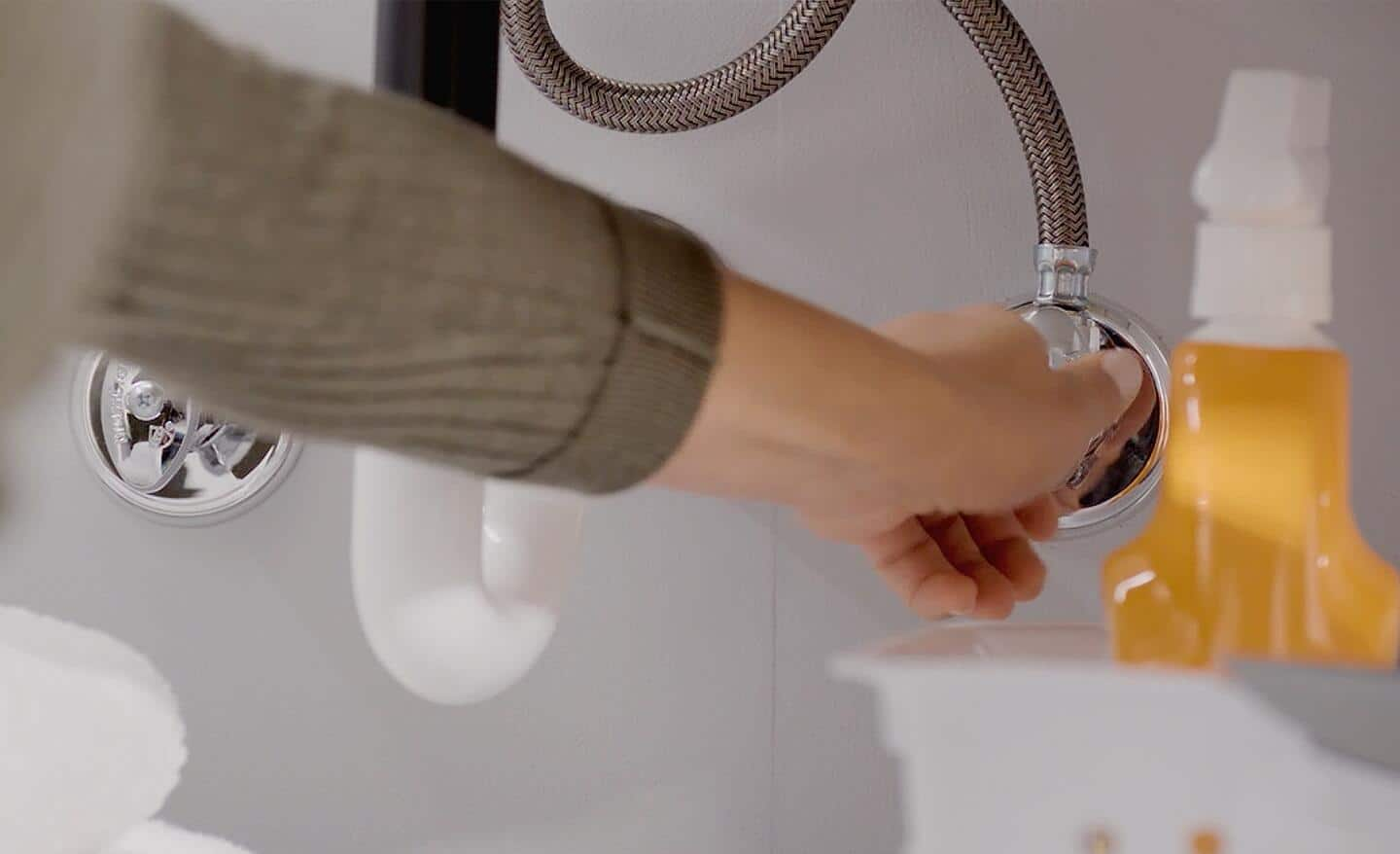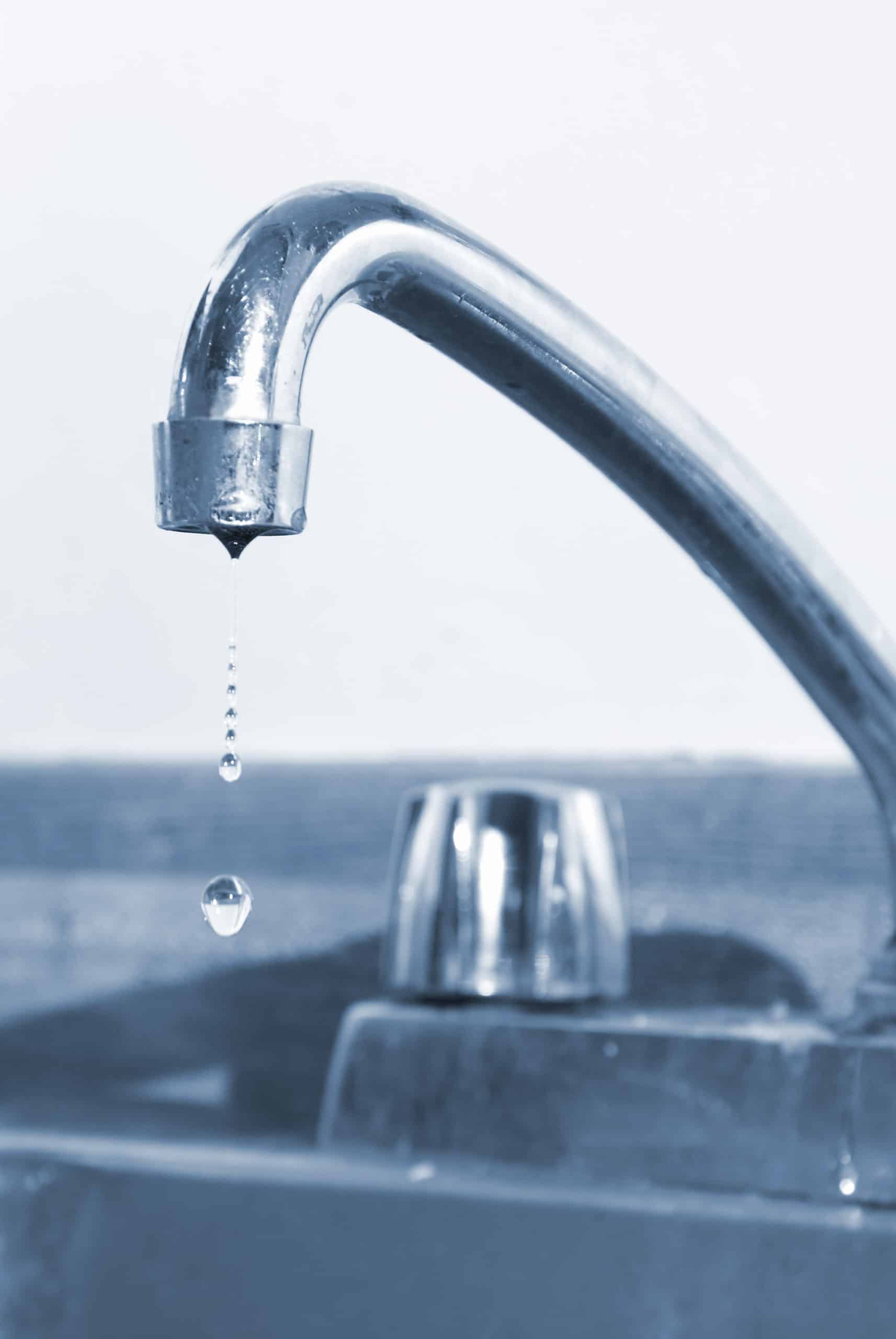The Factors Behind Resolving a Broken Faucet
The Factors Behind Resolving a Broken Faucet
Blog Article
Just how do you actually feel when it comes to Water Dripping from Faucet: Why and How to Fix?

Trickling taps might appear like a small hassle, yet their impact exceeds simply the inconvenience of the noise. From drainage to sustaining unnecessary financial expenses and wellness risks, neglecting a trickling faucet can result in numerous effects. In this short article, we'll delve into why it's vital to resolve this common home problem without delay and effectively.
Wastage of Water
Environmental Effect
Trickling taps add considerably to water waste. According to the Epa (EPA), a solitary tap trickling at one drip per secondly can waste greater than 3,000 gallons of water each year. This not just pressures water sources yet additionally influences ecosystems and wildlife based on them.
Financial Expenses
Enhanced Water Expenses
Beyond the environmental impact, trickling taps can blow up water costs considerably. The gathered wastefulness with time converts right into higher utility costs, which can have been stayed clear of with prompt fixings.
Prospective Building Damages
Additionally, extended leaking can result in damage to components and surfaces surrounding the tap. Water buildup can trigger staining, deterioration, and also architectural problems if left unattended, causing added repair service prices.
Wellness Worries
Mold and Mold Development
The constant presence of dampness from a leaking faucet develops an optimal environment for mold and mildew and mildew development. These fungi not just jeopardize indoor air top quality however additionally present wellness threats, particularly for people with breathing conditions or allergic reactions.
Waterborne Diseases
Stationary water in dripping taps can become a breeding place for microorganisms and other microorganisms, increasing the threat of waterborne diseases. Impurities such as Legionella bacteria grow in stagnant water, possibly causing major illnesses when ingested or breathed in.
Do it yourself vs. Expert Fixing
Advantages and disadvantages of DIY Repair Service
While some may attempt to deal with a dripping tap themselves, DIY repair work come with their own collection of difficulties. Without appropriate knowledge and devices, DIY attempts can worsen the problem or cause incomplete repairs, lengthening the problem.
Benefits of Working With a Professional Plumber
Employing an expert plumber ensures that the underlying reason for the leaking tap is addressed efficiently. Plumbing professionals have the expertise and equipment to identify and fix tap issues efficiently, saving time and lessening the danger of more damages.
Step-by-Step Overview to Dealing With a Dripping Tap
Devices Called for
Prior to trying to fix a dripping faucet, gather the necessary tools, including an adjustable wrench, screwdrivers, replacement parts (such as washers or cartridges), and plumber's tape.
Typical Tap Issues and Their Solutions
Determine the kind of faucet and the certain concern creating the drip. Usual issues consist of worn-out washing machines, rusty shutoff seats, or damaged O-rings. Describe supplier guidelines or on-line tutorials for detailed support on repair services.
Safety nets
Routine Maintenance Tips
To avoid leaking faucets, carry out routine upkeep such as cleansing aerators, checking for leaks, and replacing damaged components immediately. Furthermore, think about setting up water-saving devices or updating to a lot more effective fixtures.
Importance of Prompt Services
Resolving trickling faucets as soon as they're seen stops further water wastage and possible damage, ultimately conserving both water and money in the long run.
Influence On Building Worth
Assumption of Well-Maintained Property
Keeping a home in good condition, including dealing with maintenance concerns like leaking faucets, improves its perceived worth and desirability amongst prospective buyers or occupants.
Influence on Resale Value
Characteristics with well-maintained plumbing fixtures, consisting of faucets, command greater resale values in the property market. Dealing with trickling faucets can contribute to a favorable impression during residential or commercial property examinations and settlements.
Ecological Responsibility
Private Payment to Preservation
Taking responsibility for taking care of trickling faucets lines up with more comprehensive initiatives towards water conservation and environmental sustainability. Every individual's actions collectively make a considerable influence on protecting priceless resources.
Sustainable Living Practices
By prioritizing timely fixings and adopting water-saving routines, people contribute to sustainable living methods that profit both existing and future generations.
Verdict
Addressing a dripping faucet exceeds simple benefit; it's a necessary step toward conserving water, decreasing economic costs, and securing health and residential property. Whether through DIY repairs or expert aid, acting to fix trickling taps is a tiny yet impactful method to advertise accountable stewardship of sources and add to a healthier, much more sustainable future.
How to Change Tap Washer- Simple Steps for Fixing a Dripping Faucet
Fed up with the incessant drip-drip sound from your tap? Don’t fret! The solution is here. This article presents a step-by-step walkthrough to replace a tap washer and put an end to that irksome dripping. Crafted for DIY enthusiasts seeking a swift and efficient fix, this comprehensive guide ensures you’re covered. Let’s dive in and tackle this issue head-on!
To kick things off, gather the necessary tools and materials for the job. Grab your adjustable wrench, a screwdriver (flathead or Phillips), a fresh tap washer, a replacement O-ring (if needed), plumber’s tape, and a cleaning cloth. These components are vital for a successful tap washer replacement.
Why Change Tap Washer: Reasons for Fixing a Dripping Faucet
A dripping faucet is not just an annoyance; it can also lead to wasted water, higher utility bills, and potential damage to your fixtures. To address this common plumbing issue, changing the tap washer is often the solution. Let’s explore the reasons why you should consider changing the tap washer and the benefits it brings.
Eliminate the Annoying Drip
The primary reason to change a tap washer is to put an end to that irritating drip sound. The constant drip-drip can be a source of frustration and disturb your peace at home. By replacing the tap washer, you can restore tranquillity and enjoy a quiet, peaceful environment.
Save Water and Money
A dripping faucet has the potential to squander a considerable volume of water over time. As per the Environmental Protection Agency (EPA), a solitary faucet that drips at a pace of one drop per second could lead to the wastage of up to 3,000 gallons (11,356 litres) of water annually. By replacing the tap washer and rectifying the drip, you contribute to water conservation and a reduction in your water bill.
Prevent Water Damage
Persistent dripping can lead to water damage in your fixtures and surrounding areas. The constant moisture can cause discoloration, staining, and even structural issues over time. By addressing the drip promptly and changing the tap washer, you can prevent potential water damage and avoid costly repairs or replacements in the future.
Extend the Lifespan of Your Faucet
A worn-out tap washer can put additional strain on the other components of your faucet, leading to premature wear and tear. By replacing the tap washer, you ensure that the faucet operates smoothly and efficiently. This helps extend its lifespan, saving you from the hassle and expense of replacing the entire fixture.
Promote Environmental Sustainability
Conserving water is not only beneficial for your wallet but also for the environment. Every drop of water saved contributes to the conservation of this precious resource. By changing the tap washer and fixing leaks, you play a role in promoting environmental sustainability and reducing water waste.
Step 1- Turn Off the Water Supply Before diving into the repair, locate the main water supply valve and turn it off. This important step ensures that no water flows to the tap while you work on it. By shutting off the water supply, you create a safe and controlled environment for the repair. Step 2- Prepare the Work Area To avoid any mishaps, it’s essential to prepare the work area. Place a plug in the sink’s drain or cover it with a cloth to prevent small parts from accidentally falling in. This precautionary measure will save you from the frustration of fishing out lost screws or washers. Step 3- Remove the Tap Handle Using a screwdriver, gently remove the tap handle. Look for a screw beneath the cap or cover, and unscrew it to detach the handle. In some cases, you may need to pull the handle directly. Set the handle aside in a safe place to avoid misplacing any components. Step 4- Expose the Tap Spindle With the handle removed, you’ll see the tap spindle. To expose the tap assembly, use an adjustable wrench to turn the spindle counterclockwise. Be careful to support the rest of the tap to prevent any strain on the connections. Step 5- Remove the Old Tap Washer Inspect the tap assembly and locate the old tap washer, usually positioned at the base. Depending on the design, you may need to unscrew a retaining nut or remove a screw to release the washer. Take your time and remove the old washer carefully. Dispose of it properly. Step 6- Inspect the Tap Seat Before installing the new tap washer, it’s crucial to inspect the tap seat. This is the surface against which the washer will sit. Look for any signs of damage, such as pitting or corrosion. If you notice any issues, consider using a reseating tool to restore the smoothness of the seat. If in doubt, consult a professional plumber for guidance. Step 7- Install the New Tap Washer Place the new tap washer in the same position as the old one. Ensure it fits snugly and aligns correctly. Refer to the manufacturer’s instructions if necessary, as some tap washers may have specific installation requirements. Securely reassemble any retaining nuts or screws, being careful not to over-tighten them. Step 8- Reassemble and Test Carefully reassemble the tap in the reverse order, making sure all components are tightened properly. Attach the tap handle securely, aligning it with the spindle. Once everything is reassembled, turn on the water supply and test the tap for any leaks. If all is well, congratulations! You’ve successfully changed the tap washer and fixed that pesky drip. Essential Do’s and Don’ts for Changing a Tap Washer
If you’re someone who enjoys handling household repairs and is seeking a quick solution to fix a dripping faucet, changing a tap washer might just be the answer. However, to ensure a successful outcome and avoid potential pitfalls, it’s essential to follow some important do’s and don’ts. By adhering to these guidelines, you’ll be well-equipped to tackle the task effectively and achieve a satisfying result. Let’s explore the common do’s and don’ts for changing a tap washer.
Use the Right Tools and Materials
Securing the right tools and materials is essential for a seamless and trouble-free tap washer replacement. Make sure to have an adjustable wrench, an appropriate screwdriver (flathead or Phillips), a fresh tap washer, a potential replacement O-ring, plumber’s tape, and a cleaning cloth on hand. Utilising correct tools and compatible tap washers streamlines the process, ensuring a proper fit and ultimately leading to a more effective resolution.
Turn off the Water Supply Before Starting
Before embarking on any work, it’s imperative to shut off the water supply to the tap you’re going to work on. This precautionary step prevents any accidents or potential water damage. Locate the shut-off valve under the sink or near the water metre and ensure it is firmly closed. By cutting off the water supply, you create a safe environment to proceed with the tap washer replacement.
Follow the Manufacturer’s Instructions, if Available
If your tap includes detailed instructions from the manufacturer, it’s strongly recommended to adhere to them meticulously. Manufacturers often offer valuable insights and tailored step-by-step directions for their products. By following these instructions, you can ensure the accurate completion of the replacement process and attain the best possible outcomes.

As a fervent person who reads on Why Is It Important To Fix Your Leaking Tap/Faucet?, I thought sharing that article was smart. If you please pause to distribute this blog entry if you enjoyed it. Many thanks for going through it.
Report this page